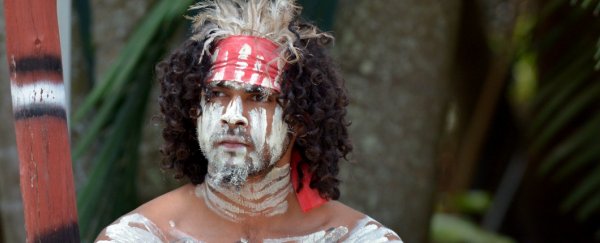Some native populations from the Amazon are more closely related to indigenous Australians and New Guineans than to Eurasians, researchers have found.
An analysis of genetic data, published in the journal Nature, indicates the Americas may have been founded by more diverse populations than previously accepted.
Most genetic studies have suggested the Americas were populated by a single founding group which probably migrated across the Bering land bridge from Asia more than 15,000 years ago.
However, some early American skeletons share traits with present-day Australasians. This map shows the links:
 Deep genetic affinities between South America and Australasians (indigenous New Guineans, Australians, and Onge from the Andaman Islands). Warmer colours indicate the strongest affinities. Image: Pontus Skoglund, Harvard Medical School
Deep genetic affinities between South America and Australasians (indigenous New Guineans, Australians, and Onge from the Andaman Islands). Warmer colours indicate the strongest affinities. Image: Pontus Skoglund, Harvard Medical School
David Reich of Harvard Medical School and colleagues looked at 30 Native American populations in Central and South America.
The authors propose that Population Y (named for Ypykuéra, which means ancestor in the local Tupi language) which contributed Australasian-related ancestry to Amazonians was already mixed with a lineage related to native Americans at the time it reached Amazonia.
How and when Population Y ancestry reached South America remains uncertain.
This article was originally published by Business Insider.
More from Business Insider:
